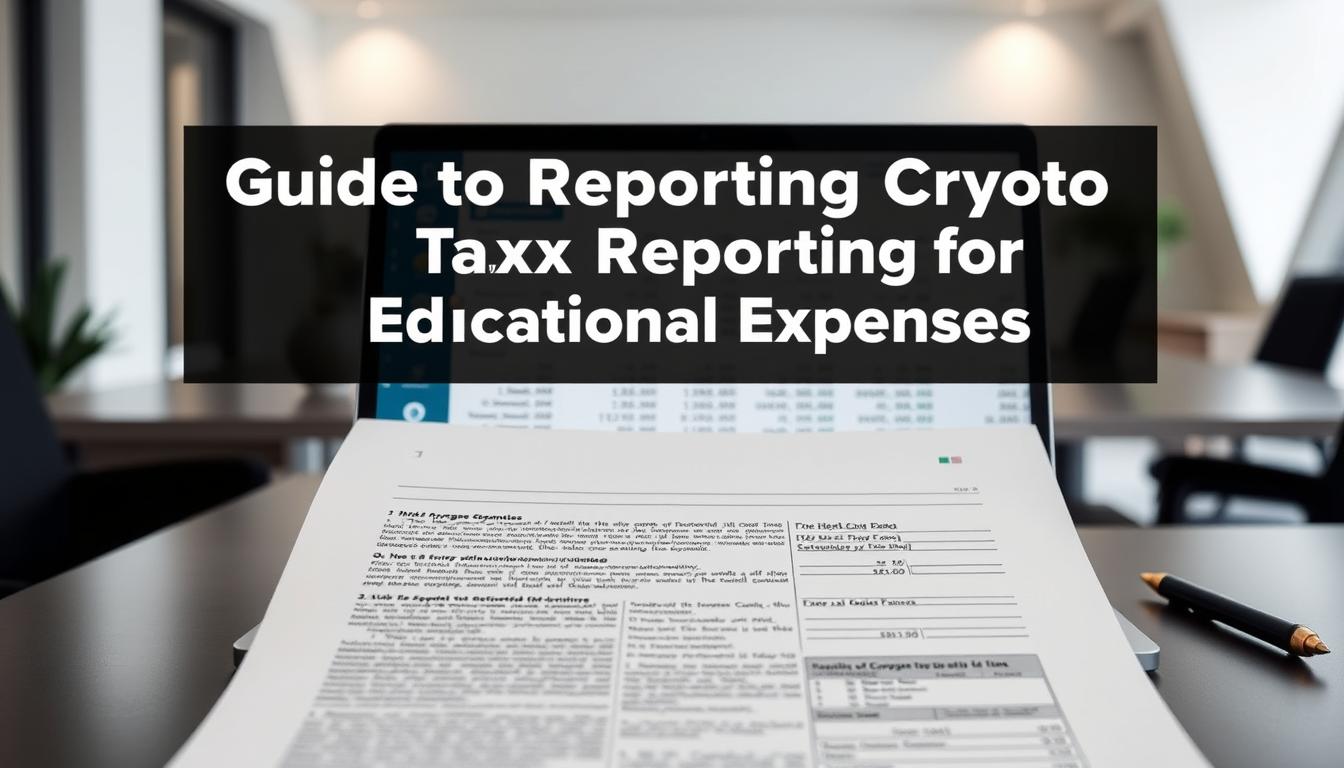Digital collectibles have exploded in popularity, and one blockchain stands out for its speed and affordability. With over 14 million wallets interacting with these assets, the platform’s growth reflects its
Cryptocurrencies
Blockchain networks face a critical challenge: balancing security with speed. While decentralized systems offer trust-minimized transactions, they often struggle to handle high volumes efficiently. This bottleneck limits real-world adoption, keeping
Digital transactions are evolving rapidly, and forward-thinking companies must adapt to meet customer demands. Integrating cryptocurrency solutions helps businesses stay competitive in today’s global market. These systems let merchants accept
Benjamin Franklin famously said, “Nothing is certain except death and taxes.” While digital currencies didn’t exist in his era, the same rule applies today. Managing obligations for digital asset transactions
Participating in blockchain networks has evolved into a hands-on way to earn while contributing to digital ecosystems. The shift to Proof-of-Stake (PoS) has made it possible for users to support
The cryptocurrency ecosystem is bracing for a pivotal protocol update that occurs roughly every four years. While some sources reference a 2025 timeline, current blockchain data indicates the next supply
Imagine a digital economy where advanced algorithms power financial systems and decentralized networks. This is the world of tokens designed for machine learning platforms, automated trading tools, and self-governing blockchain
When it comes to crypto tax for education, knowing the rules is key to avoid fines. With more people using Bitcoin or Ethereum for school costs, it’s important to understand
The tax rules for crypto royalties are now a big deal for creators, developers, and investors. As digital assets like NFTs and blockchain protocols get more popular, the IRS has
Token burns in cryptocurrency reduce the total supply of a digital asset. This can affect investor portfolios and project economics. As these events become more common, it’s key to understand














